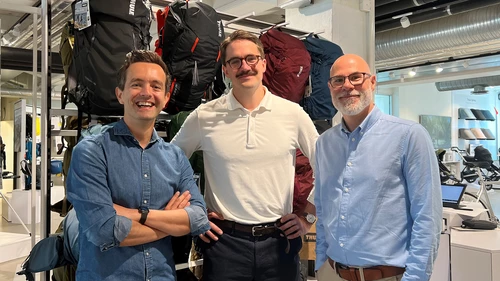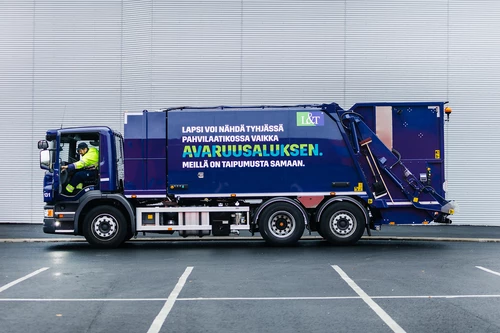Getting to real-time settlement
Honkanen notes that, contrary to what some cryptocurrency enthusiasts claim, even the current dominant, or so-called “fiat,” currencies are programmable.
“My developers are doing just that, programming applications that trade these currencies,” he says. However, the problem is that it’s not possible to settle these currencies at any time. One can only settle European currencies, for example, during European trading hours.
“It’s quite a big issue for corporates, and the problem gets even worse if you have accounts in multiple banks because the settlement window is then even more narrow,” he adds.
The root cause of the problem, according to Honkanen, is that the current trading and payment flows are running on an infrastructure created a “long, long time ago.” There are many manual steps run by commercial banks, central banks, clearinghouses and other players at the end of the day, making it impossible to settle trades 24/7. That, in turn, means that automatically traded FX can’t be settled efficiently.
However, Honkanen notes that the new digital currencies central banks around the world are looking to develop could be a promising solution.
“The future is more interesting than ever, and the speed of change is actually increasing,” he says. “It’s also great to see that the customers are helping us with this so we can get to the next level.”
Listen to the full e-Forex podcast here.







